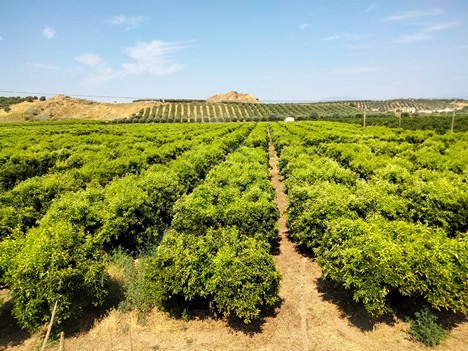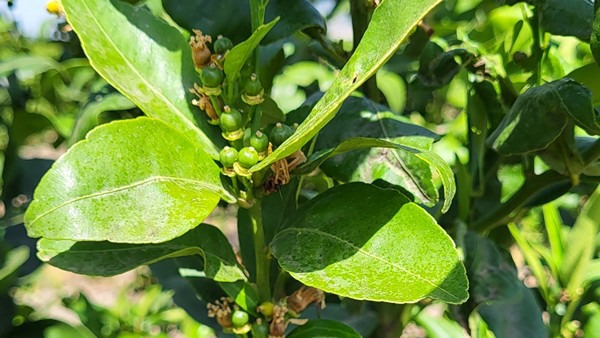Summer 2022 is looking like it will be particularly hot, but the lack of water resources is even more worrying as, should this condition continue, it could seriously affect many crops, citrus fruits included.
Agronomist Vito Vitelli explained the phenological state of crops and the consequences of the high temperatures and drought.
"In the main southern regions, there are thousands of hectares destined to citrus fruit cultivation, especially in Sicily, Calabria, Basilicata and Ionian Apulia. All crops are in the fruit setting-growing phase. Petals have dropped and fruitlets are in the cell multiplication phase, so plants need a lot of resources. Changes in water availability during this period only accentuate fruit drops, as they generate imbalances. Should this situation continue during the cell distension phase, the negative effects will affect grades and yields."

"Fruits usually drop between late June and early July, but the lack of water could accentuate this. If water is rationed for a few days or weeks, plants enter a defense stage and try to take advantage of the few resources still contained in the ground. Then, when the time comes to irrigate, plants are quickly hydrated with effects on fruit shelf-life. They go from one excess to the other."

"Usually, excessive heat and drought lead to an increase in production costs, as well as the early appearance of certain parasites. Good part of citrus groves on the national territory still use obsolete irrigation systems with high-flow sprinklers that do not focus resources on the root system. Unfortunately, there are still too many examples of waste and irrational use of water, while there are too few companies that use micro-flow systems (below two l/h) with pipes featuring drippers that follow the absorption capacity of the soil. Leaf management is also important, as the right dimension optimizes resources. In addition, we need to start talking about storage tanks so that we can supply water during periods of crisis according to the 'little yet frequent' concept."
